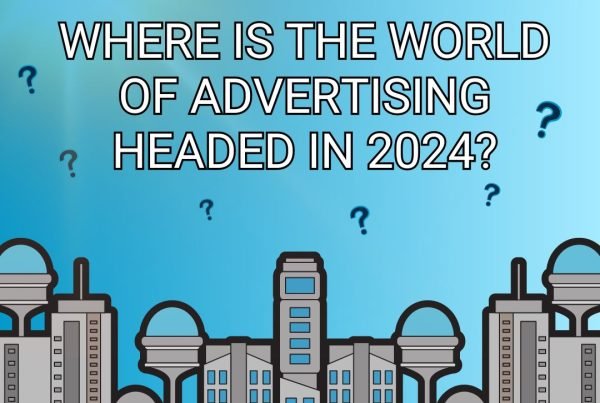The social media landscape is constantly evolving, including new applications and changes to existing ones. According to Statista, there are 302 million social media users in the United States, with many of those users active on multiple sites. As the features and advertising capabilities on social media platforms shift, optimal advertising strategies shift with them.
Social advertising is a huge tool for businesses to reach a Gen Z audience specifically. According to GWI, 50% of Gen Z consumers first take to social media for product research compared to the 45% that goes directly to a search engine. Recognizing this, many social media platforms have implemented shopping features, as opposed to strictly sticking to the social connection aspect. Instead of a consumer using their six senses while shopping in person, social commerce allows brands to showcase their products interactively and encourages discussion and endorsements surrounding their products online.
Taking advantage of social commerce and the habit of consumers using social media as a search engine, Meta has launched new types of ads. Instagram and Facebook now have Shop features that allow businesses to create catalogs of their products for users to browse and purchase items, all without leaving the app. Instagram is also testing display ads inside the Shopping area for another form of exposure. Businesses can also get their products seen through Instagram stories with the Shopping sticker so that viewers can buy right from the post.
Just because social commerce has grown so much, does not mean that social media users are no longer looking for entertainment and connections. A study done by Statista revealed that finding new products to buy is the seventh driving reason users engage with the platforms.
The social media story of 2023 has been Twitter, or ‘X’. Since Elon Musk acquired the platform in October 2022, he has implemented many fundamental changes that are turning advertisers off from heavily spending on the app. According to the New York Times, Twitter’s ad revenue has decreased by 59% from May 2022 to May 2023, and continues to decline. Multiple Twitter alternatives have arisen, like Mastodon and Threads, but despite Twitter users collectively disapproving of Elon Musk’s modifications, the alternative apps have not taken off. There is still a large user base on Twitter, and it is wise for brands to be present as well.
Advertising on Tik Tok in 2023 is a powerful tool with features unique to that platform. One of the most notable is Tik Tok’s ‘Brand Takeover’ ads which feature a 3-5 second video or GIF showcasing a product and driving to a landing page as soon as users open the app. These placements are very exclusive because they come with the promise that users will not see an ad for any product similar to the Brand Takeover ad for the rest of the day. Advertising on Tik Tok allows brands to get as creative as its creators, specifically with Branded Effects advertisements. Tik Tok allows brands to create effects, stickers and filters for users to incorporate into their posts, encouraging engagement and creative uses of a brand’s concept. Businesses have been launching their Branded Effects with a Brand Takeover ad.
User features, advertising options and user sentiment for each social media platform is constantly changing. A stagnant social media strategy will cause a brand to be left behind in terms of social media advertising optimizations. At ESM, we monitor the state of social platforms and theorize about the future of social media to ensure the way we approach paid social is optimal at a given time.
_____________________
Sources:



